[…]
Beginners
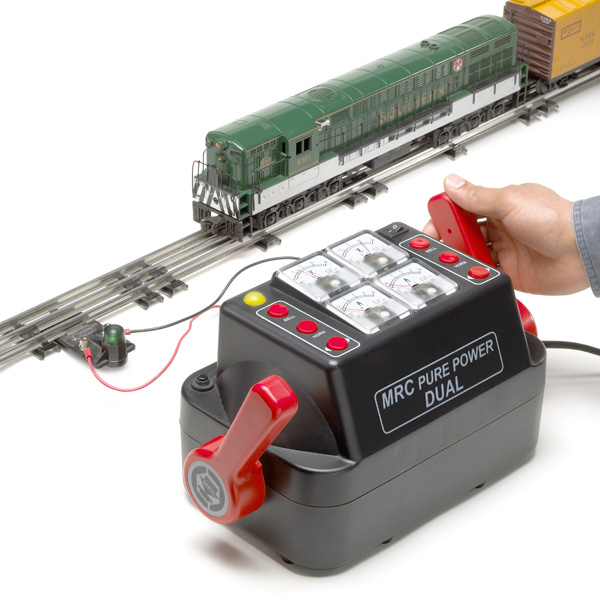
Action may be required on your Trains.com account in order to continue accessing content. Click here to learn more.

[…]
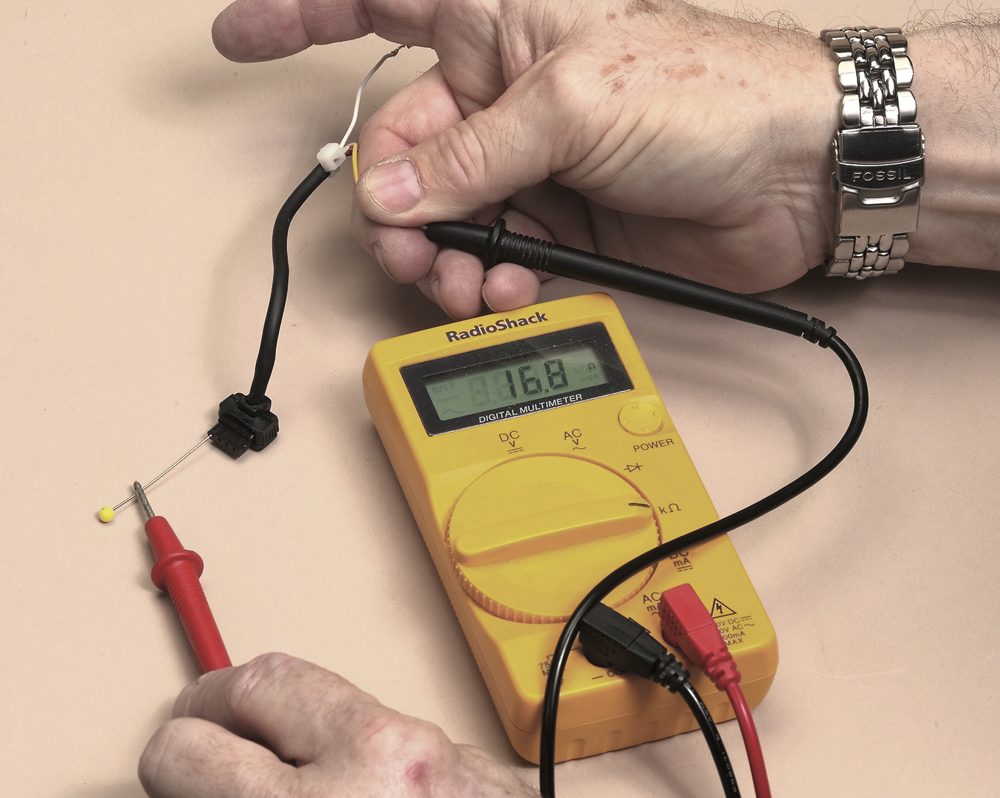
[…]
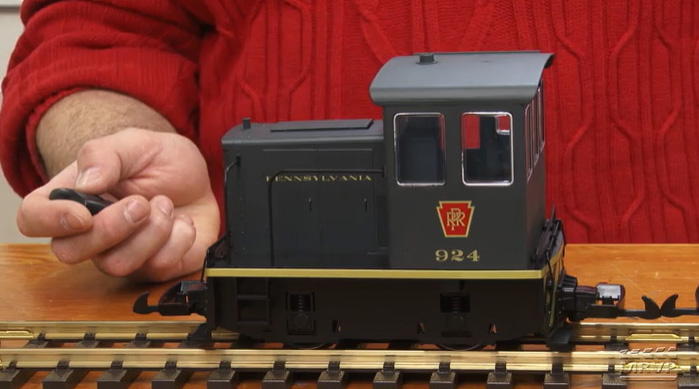
[…]
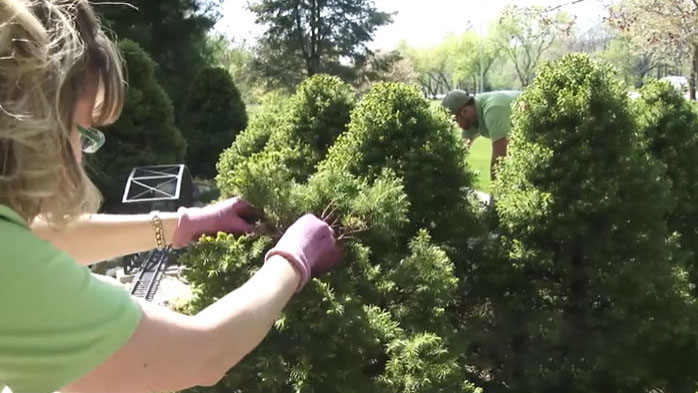
[…]
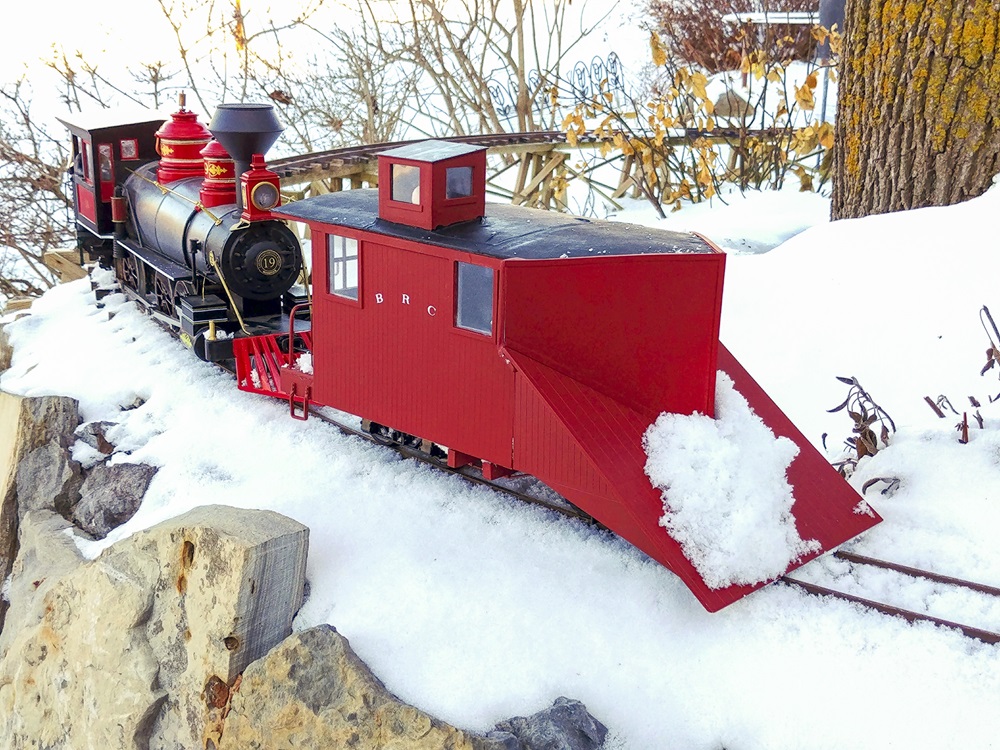
[…]
[…]
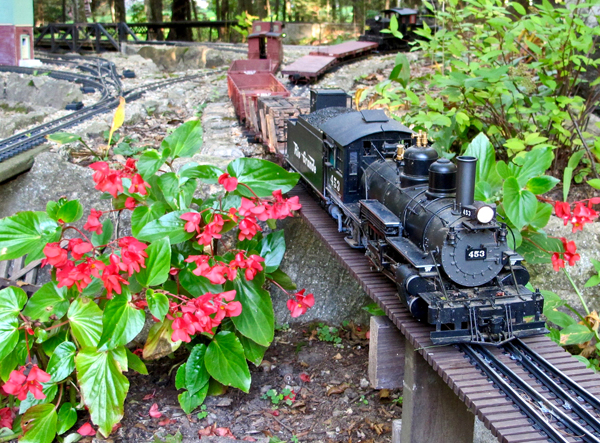
Search our extensive library of gardening how-tos for model railroads. […]
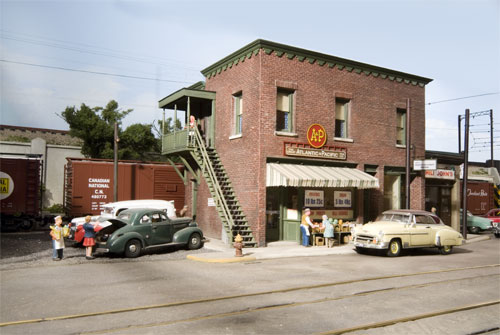
Search our library of completed indoor layouts by size, scale, zones and regions. […]
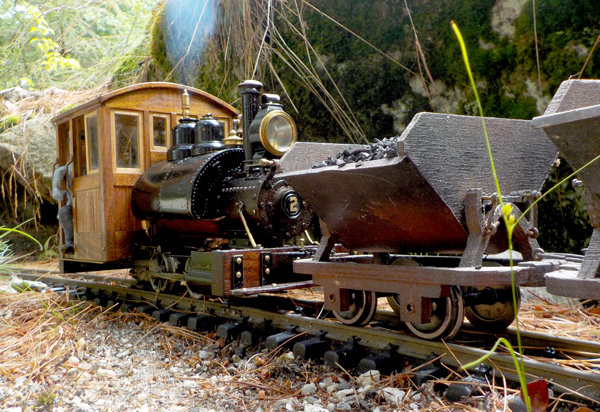
Find tips, photos, resources and inspiring ideas to help with your modeling projects. […]
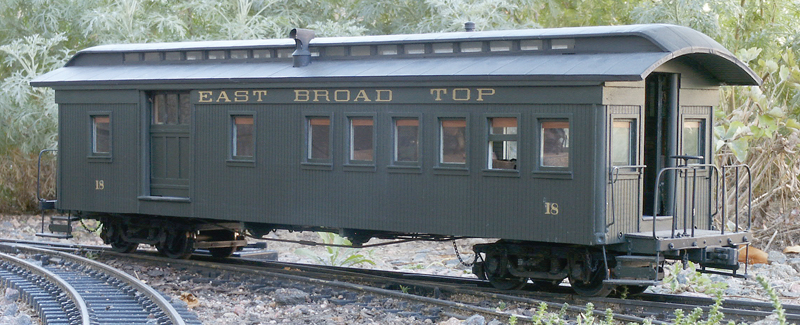
Your source for Garden Railways How To content including large-scale layouts, gardening tips, projects, expert modeling advice and more! […]
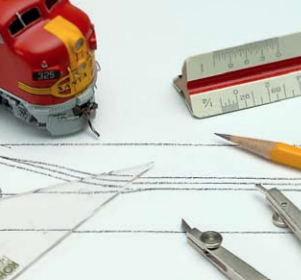
[…]
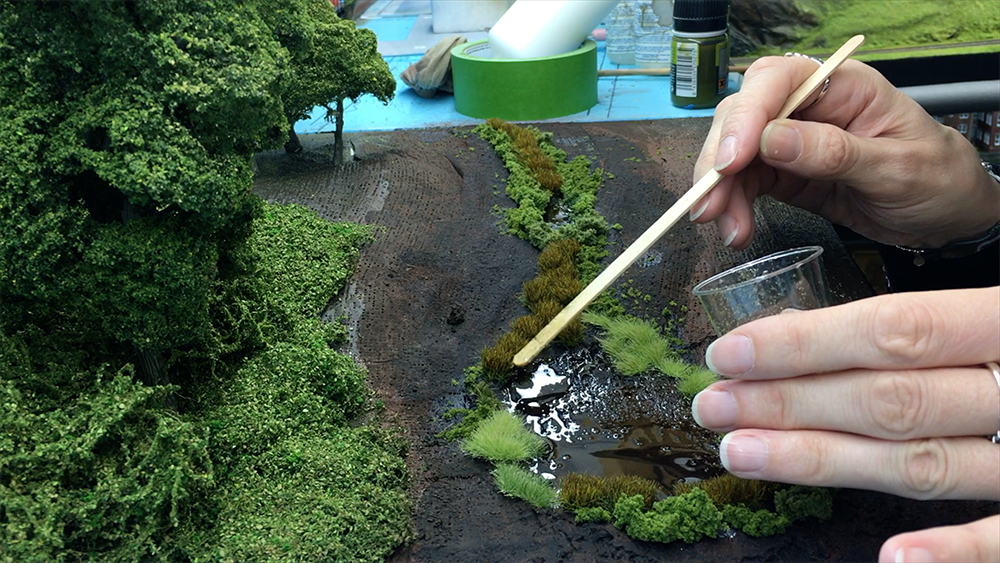
[…]